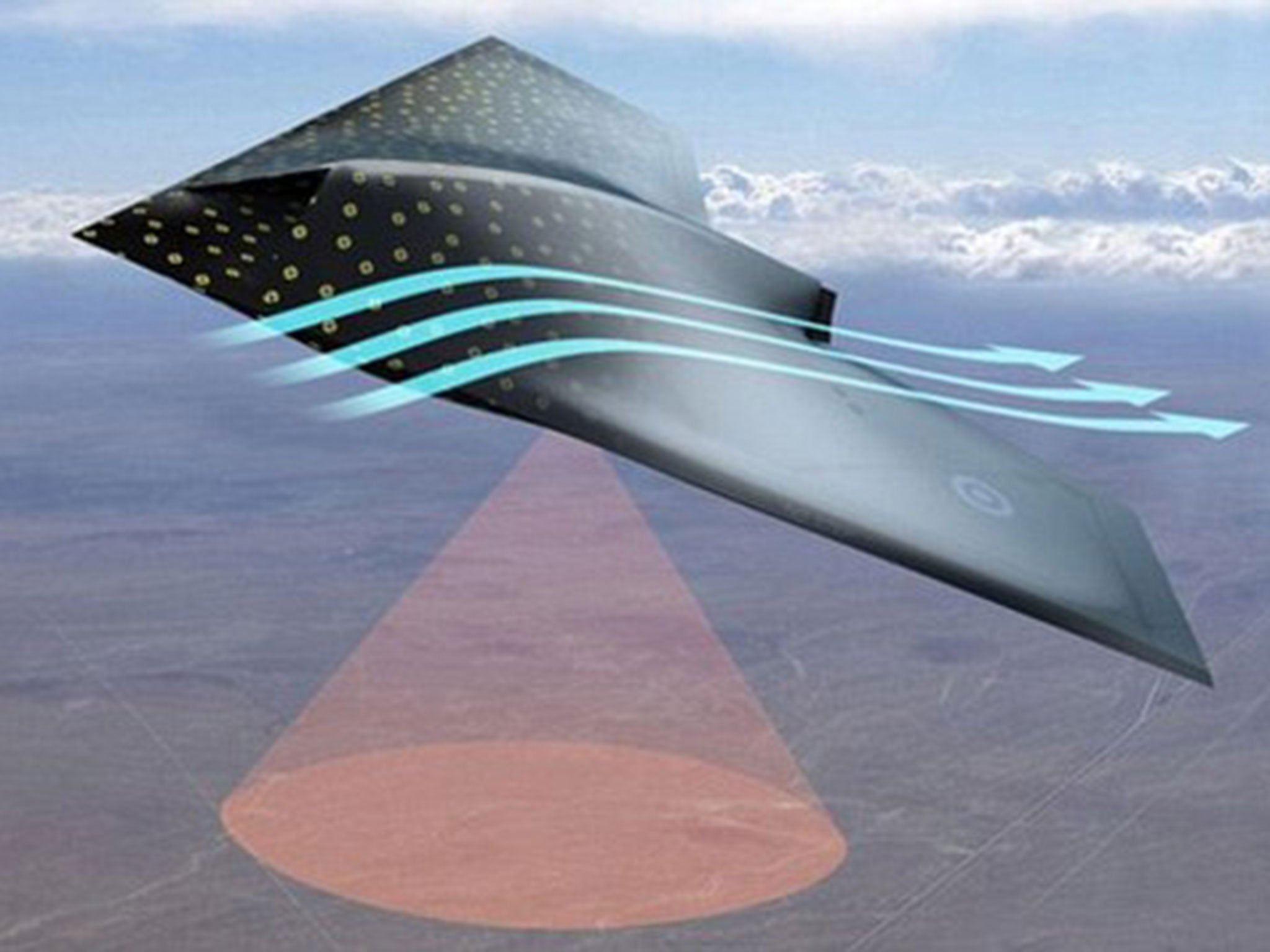'Smart skin' could enable airplanes of the future to 'feel', claim engineers
Concept would see planes coated in layer of micro-sensors and able to sense wear and tear

Could aeroplanes of the future have feelings? Scientists working on a revolutionary concept to coat craft in an outer layer, close to that of human skin in function, are hoping so.
Engineers at BAE Systems’ Advanced Technology Centre are investigating the possibility of covering a plane in thousands of micro-sensors, effectively enabling it to sense the world around it.
They claim the “smart skin” would be able to feel temperature changes and monitor wear and tear, the advantage being that problems are spotted before they become more serious.
If successful it is expected the smart skin would reduce the need for regular ground check-ups, enable the plane to remain airborne for longer and improve the safety of on-board crew.
Senior Research Scientist Lydia Hyde said she came up with the idea when doing her washing and saw that her tumble dryer used a sensor to prevent it from overheating.
She said: “Observing how a simple sensor can be used to stop a domestic appliance overheating got me thinking about how this could be applied to my work and how we could replace bulky, expensive sensors with cheap, miniature, multi-functional ones.
“This in turn led to the idea that aircraft, or indeed cars and ships, could be covered by thousands of these motes creating a ‘smart skin’ that can sense the world around them and monitor their condition by detecting stress, heat or damage.
“The idea is to make platforms ‘feel’ using a skin of sensors in the same way humans or animals do.”
Tiny sensors – known as motes – which can be as small as dust particles at less than 0.05mm squared could be used to create the skin.
They are so small engineers are looking into the possibility of spraying them on like paint, which would also allow existing aircraft to be retrofitted with the smart skin.
When given with their own power source and matched to appropriate software they will be able to communicate in much the same way that human skin sends signals to the brain.
Ms Hyde said the technology was a potential “game-changer” for the UK aviation industry and could be applied to other vehicles such as ships and cars.
Join our commenting forum
Join thought-provoking conversations, follow other Independent readers and see their replies
Comments
Bookmark popover
Removed from bookmarks